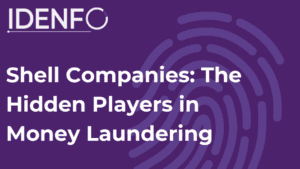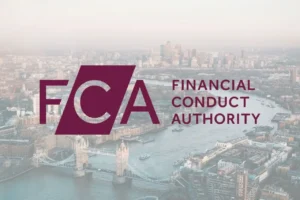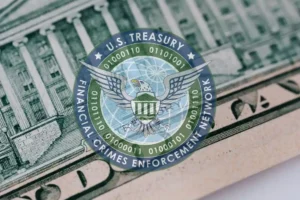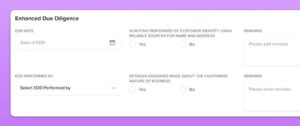When it comes to fighting financial crime, international cooperation is key. One of the most important players in this space is the Financial Action Task Force (FATF). This global watchdog works to prevent money laundering, terrorist financing, and other threats to the financial system. To help countries stay on track, the FATF maintains two important lists: the Blacklist and the Grey List. In this blog, we’ll break down what these lists mean, who’s on them, and why they matter—especially for businesses and financial institutions in the MENA region.
What is FATF?
The Financial Action Task Force (FATF) is an international organization founded in 1989. It was created to develop standards and promote effective measures to combat money laundering, terrorist financing, and other related threats to the global financial system.
The FATF sets international rules and checks how well countries are following them. If a country isn’t doing enough to stop financial crimes, the FATF puts them on either a Grey List or a Blacklist—depending on how serious the issues are.
What is the FATF Grey List?
Think of the Grey List as a warning. Countries on the Grey List have been identified as having strategic weaknesses in their systems for tackling financial crimes. However, these countries are actively working with FATF to fix the problems.
Being on the Grey List doesn’t mean a country is completely unsafe to do business with, but it does raise red flags. International banks and companies may look more closely at transactions involving these countries, and some investors might be hesitant to get involved.
Consequences of Being on the Grey List:
- Increased monitoring by FATF
- Reduced foreign investment
- Stricter checks from global financial institutions
- Slower economic growth
Examples of Grey List Countries (as of recent updates):
- Vietnam
- South Africa
- Nigeria
- Kenya
What is the FATF Blacklist?
The Blacklist is more serious. Countries on this list are considered “High-Risk Jurisdictions subject to a Call for Action.” This means they haven’t taken enough steps to prevent money laundering and terrorism financing, and in some cases, may even be actively facilitating these activities.
Being blacklisted comes with severe consequences. Other countries may cut off financial ties, and businesses often avoid transactions involving these jurisdictions altogether.
Consequences of Being on the Blacklist:
- Major sanctions and restrictions
- No access to global financial systems (e.g., SWIFT)
- Isolation from international trade and finance
- Severe economic damage
Examples of Blacklist Countries:
- North Korea
- Iran
- Myanmar
Why Do These Lists Matter?
These lists matter because they directly impact how countries and businesses operate financially. If a country is listed, companies that do business with it may face extra paperwork, more compliance checks, and increased risk.
For companies like Idenfo MENA, which specialize in identity verification and compliance solutions, the FATF lists are an important part of how we help our clients stay secure and follow global regulations.
Why It Matters for Compliance Teams
For compliance teams, especially in sectors like banking, fintech, insurance, and even e-commerce, knowing which countries are on the FATF lists is only part of the challenge. The real task is building a system that can adapt quickly, screen for risks in real time, and provide transparent audit trails. That’s where Idenfo MENA steps in. Our platform is designed to automatically flag connections to high-risk jurisdictions listed by FATF and helps your team stay compliant without slowing down operations. With built-in AML and KYC tools, Idenfo MENA allows businesses to operate with confidence—whether you’re onboarding a new client, reviewing a transaction, or scaling to new markets.
How Idenfo MENA Helps
If you’re a business in the MENA region, you may have customers, vendors, or partners from different parts of the world. Knowing whether a country is on the Grey List or Blacklist is crucial when it comes to:
- Onboarding new clients
- Processing international payments
- Ensuring compliance with AML and KYC regulations
At Idenfo MENA, we help you identify risks early by offering real-time AML screening, KYC checks, and identity verification tools. Our systems are built to spot red flags, including connections to high-risk jurisdictions, so you can make smarter, safer decisions.
What Can Countries Do to Get Off These Lists?
No country wants to stay on these lists forever. To get removed, they usually have to:
- Improve financial regulations
- Strengthen institutions (banks, regulators, etc.)
- Crack down on criminal networks
- Cooperate with international bodies like the FATF
Once a country shows enough progress and passes regular reviews, it can be removed from the list—just like Pakistan was in 2022 after making key reforms.
FATF’s Blacklist and Grey List are more than just names—they’re global signals about a country’s commitment to fighting financial crime. If you’re doing business across borders, especially in finance, fintech, or e-commerce, staying informed about these lists is a must.
At Idenfo MENA, we’re here to simplify compliance. Whether it’s helping you run AML checks or verifying customer identities, our tools are designed to keep your business secure and aligned with global standards.









